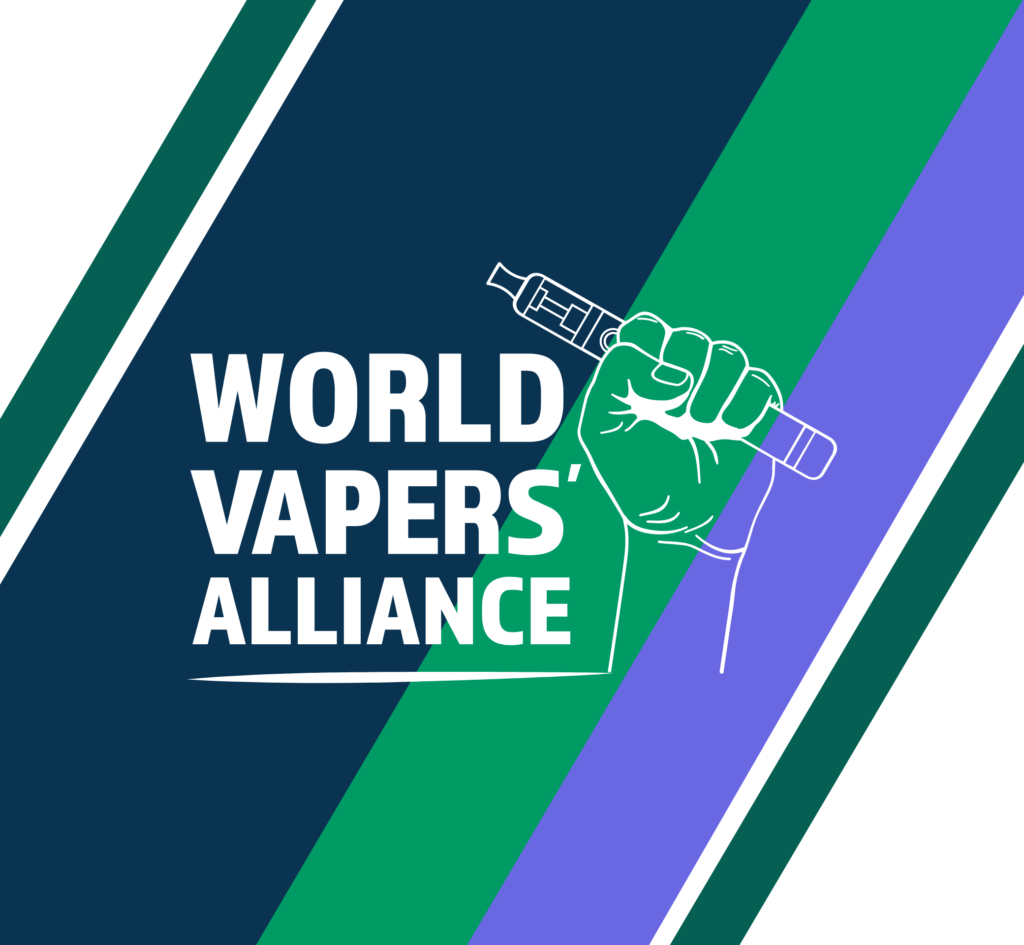GFN20 a consacré une grande partie de sa deuxième et dernière journée à la science. Dans le domaine du vapotage, le panel était exceptionnel. La première session portait sur la COVID-19, la nicotine et le tabagisme.
Vous avez sans doute entendu parler d'informations selon lesquelles la consommation de nicotine pourrait être liée à une résistance au virus. Deux experts très respectés, Docteur Ricardo Polosa, Professeur de médecine interne à l'Université de Catane et directeur du Centre de prévention et de traitement du tabagisme à l'hôpital universitaire “ Policlinico-V. Emanuele ” de Catane, en Italie, et Konstantinos Farsalinos, Un médecin et chercheur au Centre de chirurgie cardiaque Onassis d'Athènes, en Grèce, a examiné les études menées jusqu'à présent au Royaume-Uni, en France, en Israël, en Chine et en Espagne. Toutes ces études apportent des arguments convaincants en faveur d'un potentiel effet protecteur de la nicotine contre la Covid-19. Elles montrent toutes que les fumeurs sont sous-représentés parmi les cas hospitalisés, mais l'effet global de la nicotine est difficile à évaluer car les effets néfastes du tabagisme sur la santé masquent ses effets bénéfiques.
Entre-temps, Dr Roberto Sussman, Un chercheur principal et maître de conférences en physique à l'Université nationale du Mexique a réfuté les ‘ sciences ’ erronées et trompeuses qui soutiennent les attaques contre la réduction des risques liés au tabac. “ Ceux qui diffusent de fausses informations scientifiques doivent être tenus responsables ”, a déclaré le Dr Sussman, ajoutant : “ Il ne s'agit pas seulement d'une question académique, mais aussi de la vie réelle des gens : des fumeurs dissuadés de passer à des alternatives plus sûres, des vapoteurs qui arrêtent de fumer puis recommencent à fumer, par exemple. ».
Dr Pini Matzner La société israélienne d'analyse de données Signals-Analytics a démontré comment la technologie peut améliorer la recherche, notamment grâce à une étude menée sur l'évaluation. Elle a alerté sur l'acétate de vitamine E – véritable responsable de l'empoisonnement tragique d'adolescents américains par des capsules de THC du marché noir – un an avant que la FDA (Food and Drug Administration) américaine ne le confirme.
Tim Philips, Le fondateur et directeur général d'ECigIntelligence s'est exprimé sur l'impact des évolutions de l'année dernière concernant le vapotage, la désinformation scientifique aux États-Unis et les répercussions mondiales probables de ces évolutions. Son analyse a permis de remettre les choses en perspective. Parmi les points abordés : le renforcement des interdictions étatiques et locales sur les produits de vapotage à base de nicotine ; le fait que l'impact sur le secteur du vapotage de cannabis soit moins important que sur celui de la nicotine ; et que la situation concernant le vapotage de nicotine ne fera que s'aggraver en termes de réglementation et de restrictions.
Abrie du Plessis, Un ancien professeur de droit à l'Université de Stellenbosch, en Afrique du Sud, a déclaré que l'on pouvait raisonnablement s'attendre à “ un ensemble de lignes directrices flexibles et fondées sur des données probantes, prenant en compte tous les aspects de la réduction des risques liés au tabac ”, afin de concrétiser les objectifs de cette réduction. Il a brièvement exposé certains des défis politiques à venir et expliqué comment la pandémie a profondément modifié le calendrier des événements : l'Europe définira sa position avant la COP9, désormais reportée à la fin de 2021.
Dr Marina Foltea, Le fondateur et directeur général de Trade Pacts a évoqué le droit à la santé, consacré par des documents tels que la Déclaration universelle des droits de l'homme, et a affirmé que tous les États ont l'obligation de le respecter. L'accès à l'information est essentiel à ce droit, car il permet aux citoyens de prendre des décisions éclairées concernant leur santé, notamment en ce qui concerne les avantages du vapotage par rapport au tabagisme.
Patricia Kovacevic, Selon une consultante de RegulationStrategy, le vapotage est un outil puissant pour dissuader les fumeurs de cigarettes de se tourner vers des produits nicotinés moins nocifs, ou au contraire les inciter à le faire. Elle a ajouté que cet équilibre devrait reposer sur des données scientifiques.
Lors de la dernière session Adam Wodak, Un médecin retraité et président de la Fondation australienne pour la réforme du droit des drogues a adopté une vision globale de la réduction des risques. Qu'il s'agisse de programmes d'échange de seringues pour les héroïnomanes, de ceintures de sécurité et d'airbags dans les voitures pour lutter contre l'alcoolisme, ou encore de préservatifs et d'éducation sexuelle pour prévenir les comportements sexuels à risque, toutes ces formes de réduction des risques sont extrêmement rentables si l'on compare leur coût à la réduction de la charge fiscale pour les contribuables. Il en va de même pour le vapotage – et même davantage, puisque ce sont les vapoteurs qui achètent leur matériel, ce qui ne coûte rien à l'État. “ Un investissement modeste dans la réduction des risques liés au tabac serait-il rentable ? Absolument ! ”, a-t-il déclaré.
Docteur Sree Sucharitha, Une professeure du département de médecine communautaire de l'hôpital Tagore Medical College de Chennai, en Inde, a mené une étude approfondie afin d'évaluer les besoins et les souhaits des populations les plus démunies d'Inde en matière d'alternative moins nocive au tabac. Elle a interrogé plus de 4 000 travailleurs migrants employés sur des chantiers de construction. L'Inde interdit le vapotage. Seuls les substituts nicotiniques traditionnels, comme les gommes à mâcher, sont disponibles. Le problème est qu'ils ne sont pas accessibles partout et, pour les plus pauvres, ils sont beaucoup trop chers.
Entre-temps, Chimnemwe Ngema, Un spécialiste des sciences sociales, militant pour la réduction des risques liés au tabac et chef de projet pour THR Malawi, a souligné la difficulté de faire évoluer les mentalités dans un pays profondément attaché à la production de tabac. Il a affirmé que les pays comme le sien doivent envisager des alternatives moins nocives au tabac, telles que le snus. “ Le tabagisme est le véritable problème, pas le tabac ”, a-t-il déclaré.
Spike Babaian, Une ancienne universitaire de l'Université de New York, vapoteuse de longue date et propriétaire d'une chaîne de cafés, a partagé des informations fascinantes sur les vapoteurs de sa région et a expliqué l'importance d'une bonne boutique de vape pour éduquer les futurs vapoteurs.
Et elle m'a laissé l'image la plus marquante de la journée, une citation sur l'absurdité du tabagisme. Derrière une photo de pomme rouge, elle a écrit : “ S'il y avait une chance sur deux que cette pomme vous tue, vous hésiteriez fortement à la manger. Pourtant, c'est ce que font les fumeurs chaque jour. ”
Oui, et je suis content d'avoir fait le bon choix en optant pour la solution la plus sûre. C'est tout pour GFN cette année.
Un événement exceptionnel. Il est encourageant de constater combien de personnes brillantes ont consacré leur vie à la réduction des méfaits du tabagisme. Un grand merci aux organisateurs et tout particulièrement aux hôtes, Gerry Stimson, Caitlin Notley et Marina Foltea.




